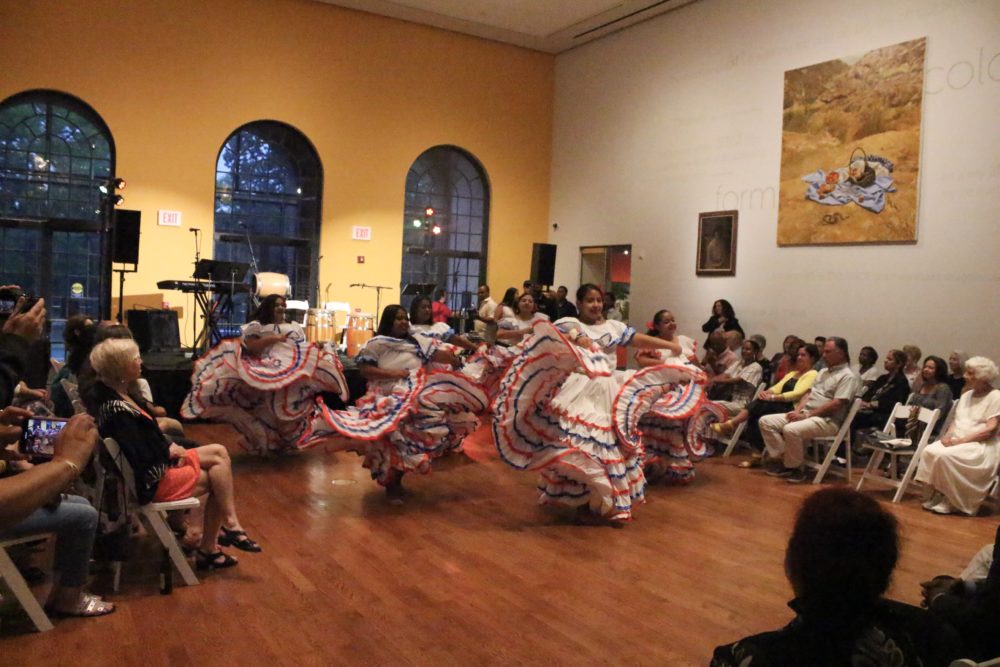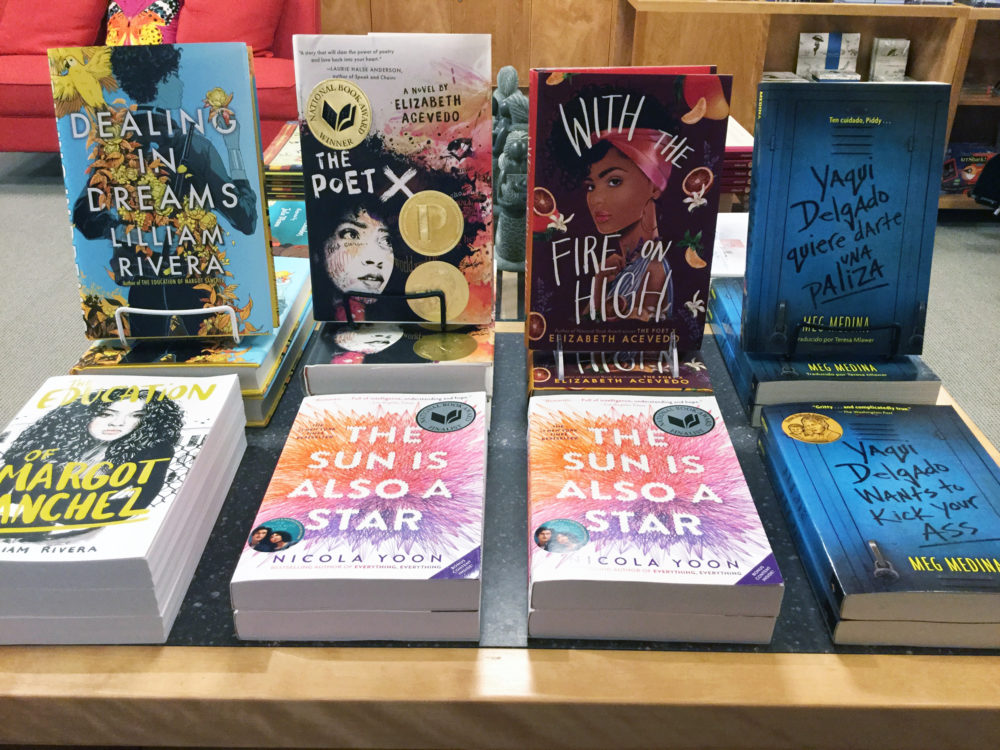Five years ago, the Delaware Art Museum was in pretty bad shape.
Financial troubles forced the museum to sell the painting “Isabella and the Pot of Basil” by Pre-Raphaelite master William Holman Hunt. The move so shook up the museum world that the American Alliance of Museums removed its accreditation, calling it “an outlier and an institution that does not conform to accepted standards.” (It was not a compliment, even though the same words could be used to describe Hunt himself).
The following year, the museum would sell more paintings by Winslow Homer and Andrew Wyeth.
Clearly, something had to change. The museum has been around for over 100 years, since it was first launched in 1912 by a “small circle of friends” of Delaware artist Howard Pyle, who had passed on the previous winter. What started as a community project supporting the arts in Delaware evolved into a world-famous museum of art, home of the largest Pre-Raphaelite collection outside the U.K., an extensive collection of American illustration, a John Sloan collection, and a growing collection of contemporary art.
It had respect. A lot of visitors, not so much.
So, in 2017, an 18-month strategic plan was put into place under the museum’s then-new executive director and CEO, Sam Sweet.
Revitalizing the Museum was going to mean veering off the status quo. The traditional art museum patron — affluent, white and over a certain age — wasn’t sustaining it.
“We’re really going back to where it all started,” Sweet told Technical.ly.
Looking back at its roots as a community project, it didn’t start out as an exclusive space for the rich. And, although it had long served the community with things like youth art programs (this writer participated in one in the 1980s), it hadn’t done enough to make the diverse communities that surrounded it feel like it was a space for them.
On paper, the strategy aims to make the museum a hub of the community that is welcoming, inclusive and civically engaged.
In practice, the strategy had meant a noticeable change in programming, such as events that were noticeably more inclusive and cultural events that celebrate the diversity of the city where it lives — events like a Día de los Muertos event in partnership with the Hispanic American Association of Delaware, the Martin Luther King Jr. Day of Service event in partnership with One Village Alliance and Raising Kings, and the African and Caribbean Festival in partnership with the Delaware African Caribbean Coalition, an event connected to this summer’s special exhibition, “Relational Undercurrents: Contemporary Art of the Caribbean Archipelago.”

This summer also saw “The Loper Tradition” exhibition, featuring paintings by Delaware African-American artist Edward Loper, Sr., and son, Edward Loper, Jr., who captured places like Brandywine Park, 2nd and Market streets and the long-gone King Street Market in downtown Wilmington with dramatic strokes and striking color.
But the most community-focused of all was last year’s “Wilmington: 1968” exhibition, a multi-partnership, multi-medium piece that took a raw look back at the 1968 riots — and the nine-month military occupation of the city that had become a nearly unspoken part of the city’s history over the last 20 years.
“People would come up to me [during the 1968 exhibit] and say, ‘This would never have happened at the Delaware Art Museum five, 10 years ago.”
Visitors can still have a “traditional” experience with the galleries, though Saralyn Rosenfield, the museum’s director of learning and engagement is quick to point out that the Pre-Raphaelites were rebelling against the status quo, too — in their case, the Industrial Revolution in Britain.
“People like hearing things like that,” she said.
Visitors can also influence the decision-making process as the museum plans a reinstallation of lower-level galleries. Community members can visit a prototype gallery: On the walls next to the paintings, sheets of paper on the wall with handwritten observations and questions. Post-It notes dot the papers and walls around the paintings with notes from visitors.
“We didn’t ask people to do that,” Rosenfield said about the Post-Its with a laugh. The result of the impromptu interactive participation has become a kind community conversation, with tweet-length notes commenting and responding about nighttime paintings by John Sloan and the Ashcan School.

The museum has another draw: “We have the only independent bookstore in the area,” Sweet said. While you can still buy postcards and jewelry and creative tchotchkes, an additional focus on books gives visitors access to books by authors with a diverse range of voices. (And you can visit the bookstore without paying a museum entry fee — just ask.)
Another, related part of the strategic plan is for the museum to increase its presence in the community outside of its Rockford Park home.
“We have a teaching artist-in-residence program at the Chris White Gallery that works with DCAD,” said Rosenfield, “and school partnership programs, for example, at Kumbaa Academy.”
The museum has also also forged relationships with the New Castle County Chamber of Commerce, Delaware Prosperity Partnership and the Delaware Community Partnership, organizations that are not primarily arts focused, but rather are focused on local economic development. More on that later, though.
“We are just as interested as they are in creating and retaining talent in Delaware,” Sweet said.







